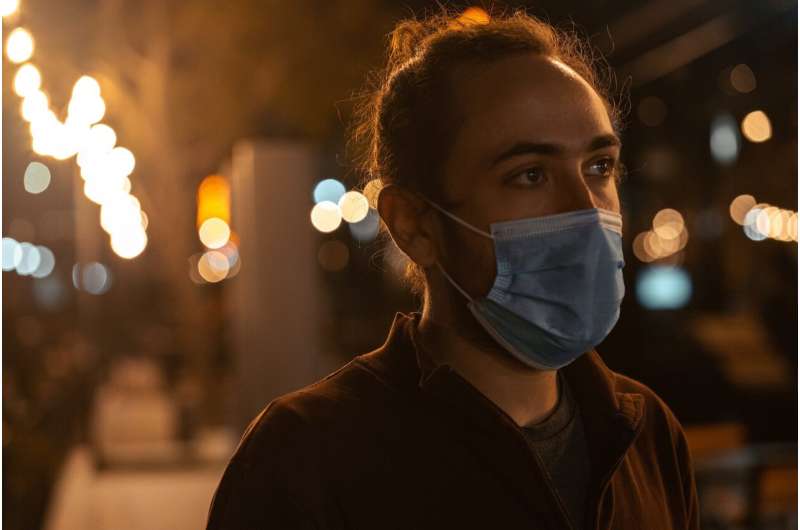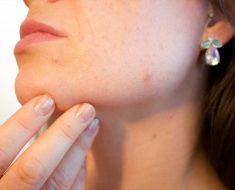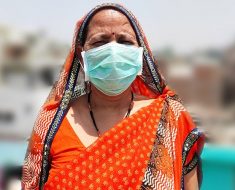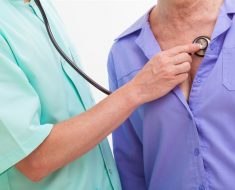
The public’s willingness to comply with Centers for Disease Control and Prevention (CDC) recommendations correlates with COVID-19 case projections in zip codes where those surveyed about their intended behaviors live, according to Penn State College of Medicine researchers. The researchers said that surveys may be useful for predicting outbreaks of COVID-19 and other infectious diseases and identifying “hot spots” where interventions like promoting prevention behaviors and vaccination may prevent surges.
Dr. Robert Lennon, associate professor of family and community medicine, led a research team that surveyed more than 10,600 people between April 9 and July 12, 2020. Participants answered questions about whether they would comply with certain public health measures for mitigating the spread of the novel coronavirus. In collaboration with researchers from Mathematica, they found that in areas where participants were less likely to follow certain recommendations, there were more likely to be higher COVID-19 case counts in the following days.
“As we continue to respond to the COVID-19 pandemic and see variants like omicron and delta emerge, it’s important to have tools that help predict where cases may surge,” Lennon said. “Surveying is a simple tool and could help identify where increased education and messaging may be needed.”
The study participants provided information about where they lived and were asked about how likely they were to comply with public health measures (no, probably no, maybe, probably yes and yes). The survey was updated in June 2020 in response to updated CDC guidance and listed recommendations including:
- Wash your hands often (for 20 seconds or more).
- Maintain social distancing/social isolation even if you have no symptoms.
- Avoid touching your eyes, nose and mouth.
- Cough or sneeze into your elbow.
- Stay home if you feel unwell. If you have fever, cough and difficulty breathing, seek medical attention and call in advance.
- Wear a cloth face cover (face mask) when out in public.
- Stay out of crowded places and avoid mass gatherings.
The researchers used participants’ zip codes to determine COVID-19 case trajectories in the areas where they lived for 30, 14 and 7 days before and after they completed the survey. While overall intent to comply was high, the team noticed a correlation between willingness to follow public health recommendations and COVID-19 case trajectories. Areas where residents expressed less willingness to follow guidance had higher amounts of COVID-19 cases compared to areas where residents expressed greater intent to comply. The results were published in the Southern Medical Journal.
Lennon’s team estimates that for every 3% increase in composite intent to comply score, 9% of COVID-19 cases in a participant’s area could be prevented during the following 30 days. He said this could be achieved by increasing the average compliance rating a single point on the scale for any one recommendation. For example, if a community sample increased their average intention to avoid touching their face from “maybe” to “probably yes,” their number of COVID-19 infections over the next 30 days would be expected to decrease 9%.
“Our study demonstrates that personal mitigation behaviors do make a difference,” Lennon said. “While there are fewer restrictions and mandates at this stage of the pandemic, public health guidance is still being issued and should be followed.”
Source: Read Full Article





